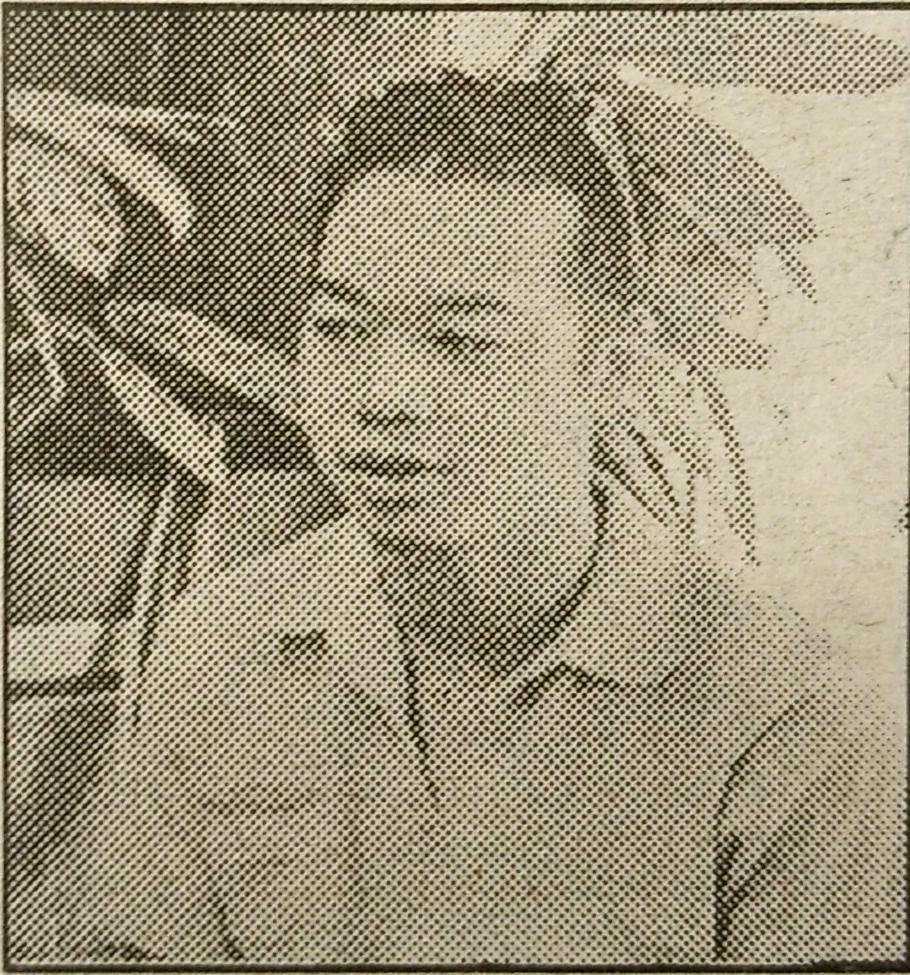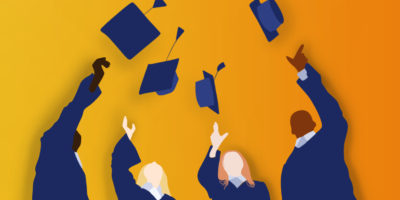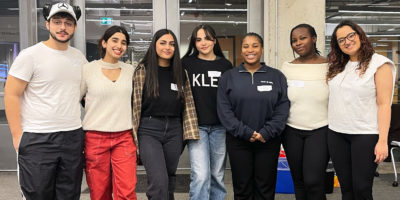By Diana Esken
As a gay Vietnamese male, Jimm Tran has been called slant, chink and even sticky rice.
For him, the gay community isn’t as open-minded as everyone expects. Instead, lesbians, gays and bisexuals subtly segregate each other along lines of colour.
“Asians are the most stereotyped,” says Tran, publisher of Dragün, a magazine launched this summer as Toronto’s voice for gay Asians.
Gay people of colour don’t have to deal with just trying to fit into the gay community, they are also subjected to racial discrimination.
Philip Wong, RyePRIDE coordinator, says he also experienced racial intolerance.
“This past summer six or seven friends of mine, all Asian, stood by a bar on Church Street where the windows were open,” he says. “And some voice inside the bar shouted, ‘It’s an Asian convention,’ which didn’t make any sense to me.”
Wong says the racism has gotten out of hand.
Boots, one of Toronto’s oldest gay clubs, had been nicknamed “the Asian bar” because it’s become a popular hangout for gay Asians.
“Boots is so segregated,” says Nadia Bello, co-chair of the sexual diversity study students’ union at the University of Toronto. “One corner of the dance floor was strictly Asian, the black men were in the hallway and the gay white men were everywhere else.”
Racism in the gay community may seem ironic since homosexuals as a whole are marginalized. Heterosexuals tend to see gays as a single-issue group, says Vappu Tyyskä, a sociology professor at Ryerson.
“There is the tendency to expect someone who is homosexual to be more liberal,” she says, adding that this isn’t always the case.
“We still suffer from the same racism everyone else suffers from,” says Bello. “Just because you’re gay, it doesn’t mean you’re liberated.”
Tran says racism within the gay community stems from the obsession with sex and image. He blames the media for its representation of gays and lesbians because good-looking white people dominate.
“It’s a huge dichotomy,” says Bello. “Either you’re too foreign or you’re too exoticized.”
Gay white men who date Asians are called rice queens by their peers because they are supposedly rejecting access to their own privileged group, explains Bello.
Because of this perception, gay men want white men with hard, muscular bodies and above-average sized penises. Asians are not represented this way, says Tran. Instead, they are depicted as scrawny and petite with small penises.
Wong says this is because gay culture is a predominately “clean-cut WASPish image.” And this, according to Wong, adds to the idea that there is only one type of beauty — white beauty.
“It’s evident in local magazines, on [photo] collages of main events happening in the scene, and it [deprives] minority gays and lesbians of their rights,” Wong says/
“This year’s Pride [parade] was very idyllic,” says Kyle Briggs, an openly gay second-year interior design student. “There were white boys with good bodies on most of the floats, but where were the rest of the [minority] men?
“The black performers were with the black crowds performing behind beer kegs on Church Street,” he adds.
Briggs says the representation of gays is a contributing factor to their segregation. “Chinese are hanging out with Chinese, and blacks with blacks,” he says. “On the one hand, everybody is so happy and friendly, but on the other, everybody has their prejudices.”
These prejudices, according to Tran, are largely based on physical attraction and sex.
“Being gay and of a visible minority can make your self-esteem go up and down,” he says. “One day you can feel like Ricky Martin and the next say, like a bag of shit.”
For Tran, the emotional stress of coming out added to these feelings. Although it took his parents some time to accept his homosexuality, it took the gay community longer to accept his Asian background.
After coming out to their families and friends, many ethnic minority gays still feel at odds with their ethno-cultural communities. They begin to distance themselves and search for friends in the queer culture.
But ethnic and visible minority homosexuals find themselves in a predominately white and middle-class environment.
A male representative of the 519 Community Centre on Church Street, who didn’t want to be identified, says there have been many calls for action. “Racism and gay-bashing go hand-in-hand because when someone is called a fag, it’s usually accompanied by a racist remark,” he says.
In response to this racism, the 519 offers support groups and help lines to give alienated gays a sense of belonging.
But Wong says these support systems are few in number.
“This puts ethnic gay minorities at a slight disadvantage in terms of growth and understanding.”
At Ryerson, RyePRIDE’s mandate is to provide space for everyone by enforcing an anti-oppressive racial and ethnic environment. But Wong says ethnic queer youth don’t overtly dicsuss the issue.
“RyePRIDE understands that people come in to discuss being a part of an ethnic minority,” Wong says. “But when questions about whether racism are posed, what has to be understood is that the queer community is reflective of the entire community at large.
For Tran, there is only one way to combat this racism.
“You can’t change the world, only the people,” he says. “So it’s up to each individual to treat everybody with respect.”










Leave a Reply